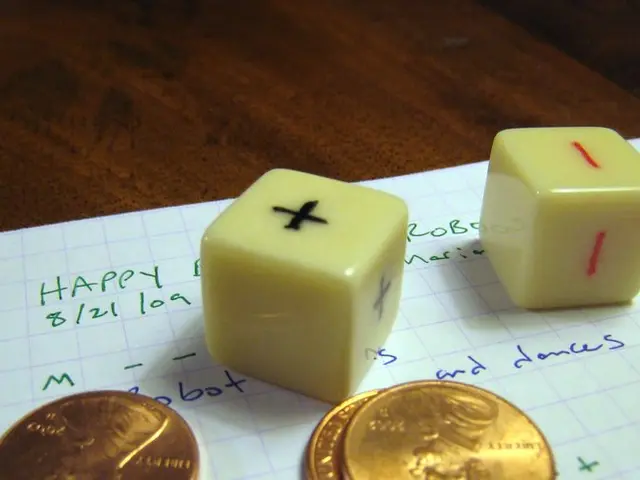Delhi Under the Influence: Donald, Dragon, and Dollar - Balancing Act in India's Capital?
In the ever-evolving global trade landscape, India finds itself in a precarious position, grappling with a trade surplus of $35 billion with the United States and a trade deficit of $110 billion with China. This delicate balance has become a focal point in the ongoing trade tensions, with the system of multilateralism under threat due to the sudden rise of unilateralism by the United States.
The trade policies of the US, led by President Donald Trump, have instilled a sense of fear and uncertainty among nations, including India. The US has threatened consequences if countries attempt to replace the dollar for trade purposes, a move that could potentially challenge the US's dominance in the international trade arena.
The US dollar, universally acceptable, allows the US to dictate terms in international trade. This has been evident in the recent tariffs imposed by the US on Canada, Mexico, China, and India. In August 2025, the US under President Trump introduced additional tariffs of 25% on imports from India, a move that has added to India's woes.
India's trade deficit with China is a significant concern, and the government is facing pressure to reduce imports from China. However, buying more from the US presents a challenging task, as it could further widen the trade surplus with the US. Mr. Trump has suggested that India should buy more American goods, including warplanes, defense equipment, oil, and gas, to reduce the trade surplus.
The World Trade Organisation (WTO) is in a critical condition for the foreseeable future, and the ongoing trade tensions have only exacerbated the situation. The WTO's inability to resolve disputes effectively has left countries like India in a vulnerable position.
The falling value of the rupee is another concern for India. The Indian rupee is being managed by the Reserve Bank of India, but its limits are being reached. Any country with a weak currency and a trade imbalance cannot play a leading role in the world arena. The concern in India is that the falling value of the rupee worsens the trade deficit and permanently damages the currency.
The trade tensions have led to a tariff-cum-trade war between the US and its trading partners. China, for instance, has imposed instant retaliatory tariffs on American goods due to lack of communication from the US administration.
The Indian bureaucracy in New Delhi is particularly concerned about keeping President Trump in good humour. Any misstep could lead to further tariffs, potentially worsening India's trade situation. The Union finance secretary in India has clarified that they do not want to be perceived as protectionist and that the rapidly depreciating rupee is being managed by the Reserve Bank.
In this complex web of trade relations, India must navigate carefully to maintain a balance between its trade relations with the US and China. The road ahead is challenging, but India's political will to address these issues could determine its role in the global trade arena.
Read also:
- Understanding Hemorrhagic Gastroenteritis: Key Facts
- Stopping Osteoporosis Treatment: Timeline Considerations
- Trump's Policies: Tariffs, AI, Surveillance, and Possible Martial Law
- Expanded Community Health Involvement by CK Birla Hospitals, Jaipur, Maintained Through Consistent Outreach Programs Across Rajasthan







